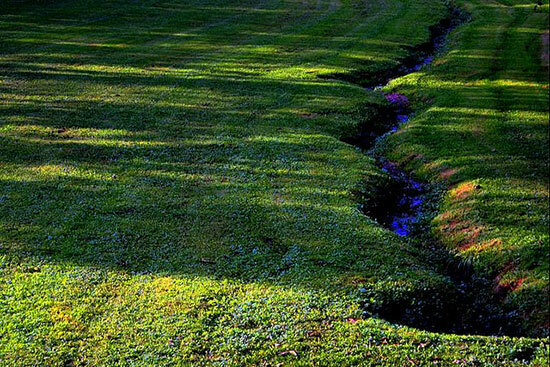Proposal clarifies Clean Water Act protections for seasonal streams
The new rule would protect streams and wetlands and preserve existing agricultural exemptions.
After almost a decade of confusion about just what waters the Clean Water Act protects, the U.S. Environmental Protection Agency (EPA) and the U.S. Army Corps of Engineers have clarified that most seasonal and rain-dependent streams are guarded under the law.

While these streams might only flow during certain times of year or following a rainstorm, they are connected to downstream waters that offer habitat to wildlife and drinking water to communities.
The federal agencies’ proposed rule also protects wetlands near rivers and streams. But it does not expand the scope of the Clean Water Act, and it preserves existing exemptions for building irrigation ponds, maintaining drainage ditches and other agricultural activities. In other words, protection for ponds, lakes and other “stand-alone” waters will be determined on a case-specific basis, and those agricultural activities that do not send pollutants into protected waters will still not require a permit.
The proposed rule will be open for public comment for 90 days after its publication in the Federal Register.

Comments
There are no comments.
Thank you!
Your comment has been received. Before it can be published, the comment will be reviewed by our team to ensure it adheres with our rules of engagement.
Back to recent stories